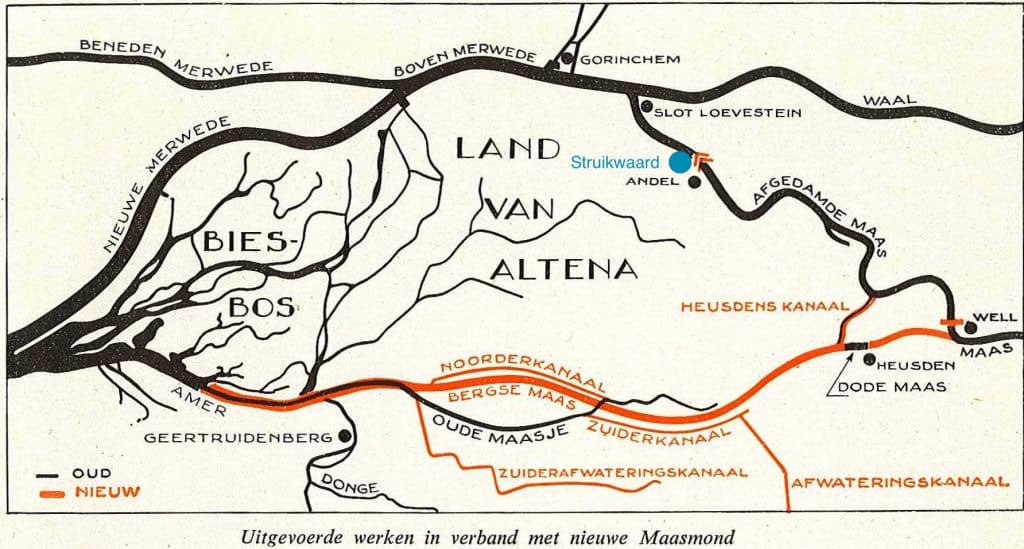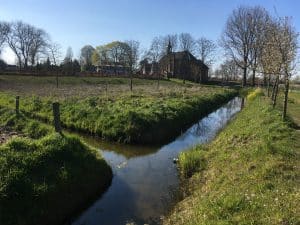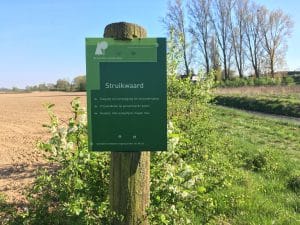Century-old floodplain
The floodplains between Giessen and Andel are described early on: in a court document from 1296 the area already appears. But for the Struikwaard as we know it today, we do not have to go so far back in history.
In 1904, the Merwede, Rhine and Waal rivers were separated from the Meuse after centuries of increasing flooding. The Meuse was given a new mouth by digging the Bergsche Maas. The original "Andelsche" or "New" Meuse received a dam and has since been known as the Afgedamde Maas.
Since then, the Struikwaard has been used as farmland for many years. In 1995, the Struikwaard underwent one more major change. The old winter dike was no longer sufficient. Therefore, a new one was constructed about 100 meters to the northeast. The new outer dike area was designated a nature conservation area.





